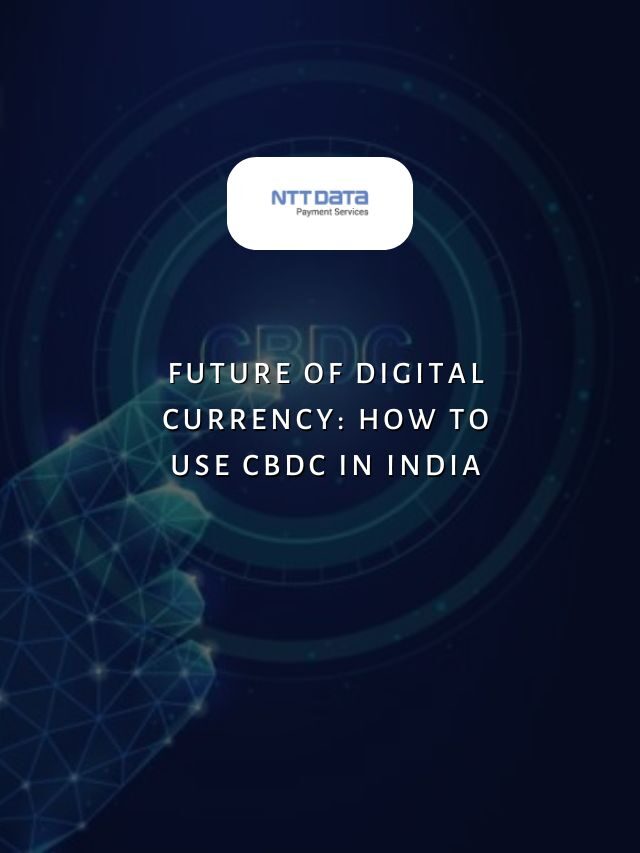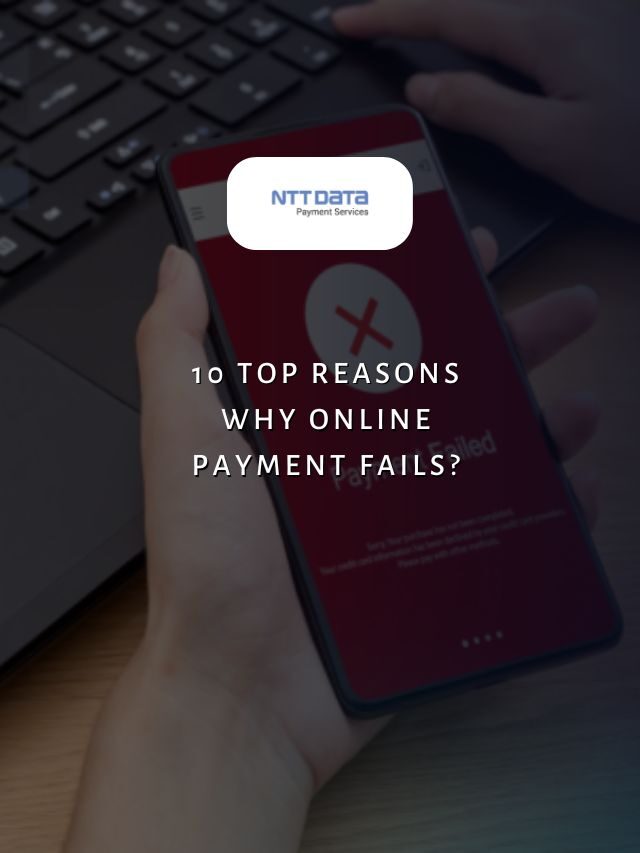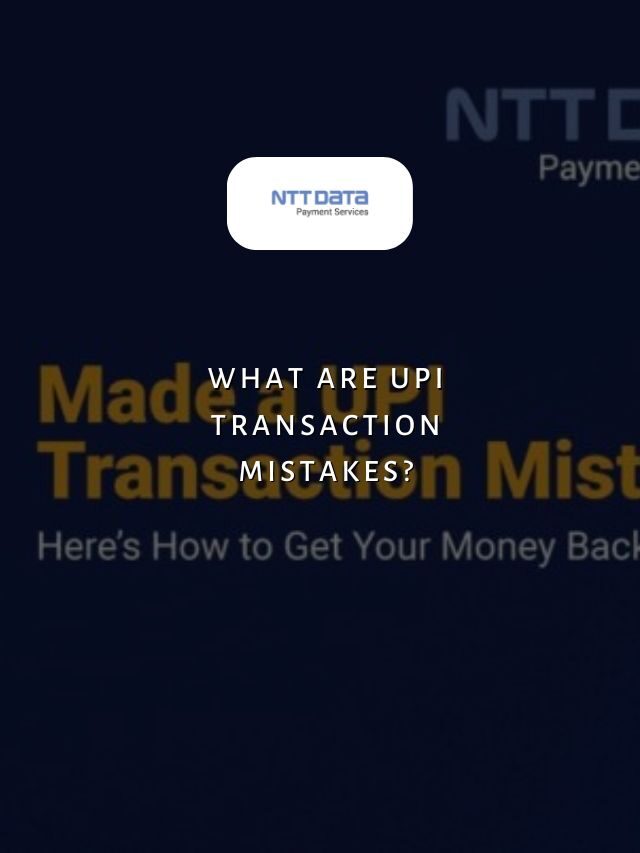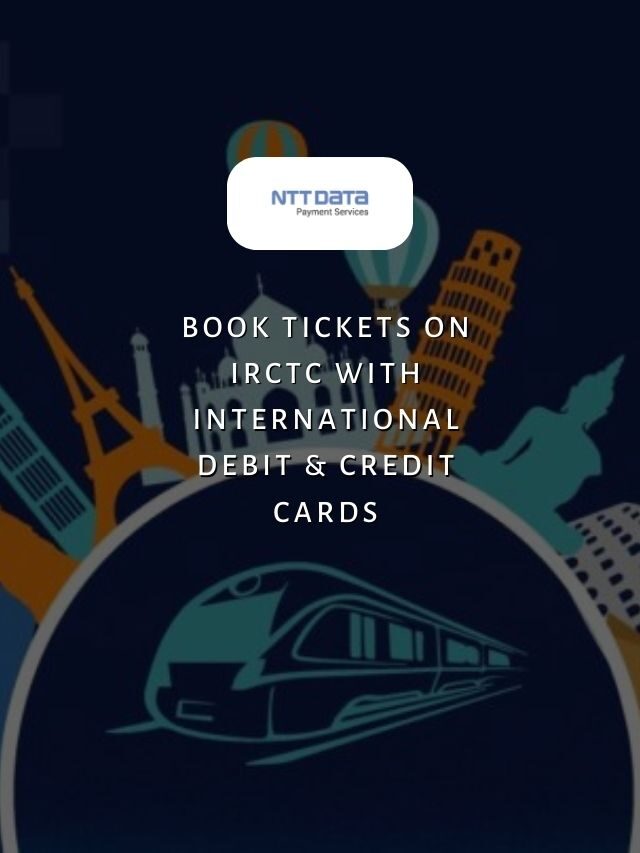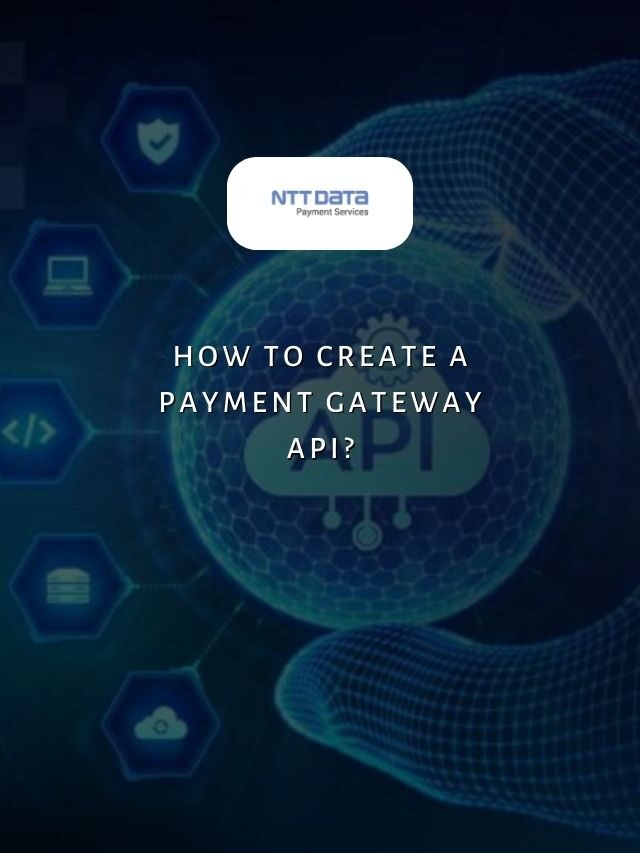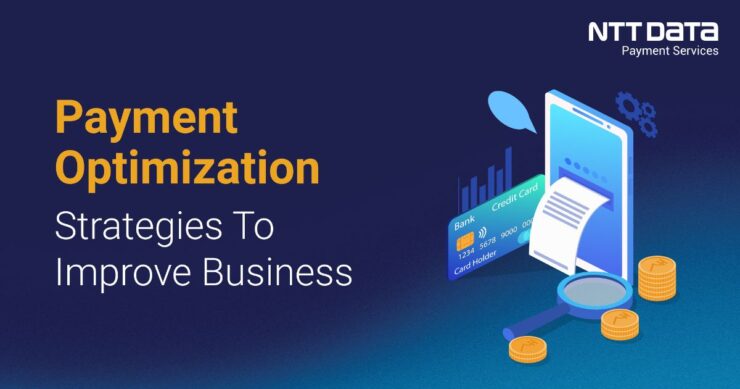
Table of Contents
The payment process can make or break the customer experience on your website. A seamless and optimised payment strategy is key to driving conversions & improving your business. In this blog, we will explore 7 effective strategies to optimise your payments and maximise business growth.
Why Optimise Payments in Your Business?
Payment optimisation is a strategic process that can help businesses reduce costs, increase revenue, improve the customer experience and drive overall growth. The right payment strategies are essential for any business growth.
7 Strategies to Optimise Payments in Business
1. Analyse Payment Data
The first step is to analyse your existing payment data in depth. Look at metrics such as
- Payment conversion rates
- Payment methods used
- Abandoned cart rates
- Refund rates
This will give you insights into areas like which payment methods are most/least popular and where customers are dropping off. Analysing past payment trends can also help predict future payment patterns.
For example, you may notice spikes in debit/credit card usage during festive seasons or an increase in UPI /cash-on-delivery orders during weekends. Such insights will help you plan your payment strategies accordingly.
Some ways to analyse payment data include reviewing reports in your payment gateway/merchant accounts, using analytics tools to pull transaction data and even surveying customers for feedback.
Get a comprehensive view of how customers are currently paying before defining new strategies.
2. Offer Multiple Payment Methods
Giving customers flexibility in how they pay can boost conversions. Research your target customers and offer the most popular and convenient local payment methods. Beyond cards, look at options like net banking, UPI, e-wallets, etc.
You should also consider emerging payment methods. For example, pay-later or EMI services are gaining popularity. Testing newer methods helps you stay relevant as customer preferences evolve.
Make sure all payment options are seamlessly integrated on your site. Clearly label or categorise them so it’s easy for customers to find their preferred way to pay. You can even promote lesser-used methods to drive adoption.
Proper integration across devices is also important for an optimised checkout.
3. Reduce Abandoned Carts
Offering multiple payment options alone may not reduce abandoned carts if the checkout process is complicated or payment pages load slowly. Streamline steps at checkout by auto-filling billing/shipping details, showing order summary, etc.
Ensure smooth checkout experiences across devices. Mobile optimisation is crucial as more purchases happen on the go. Make payments seamless with options like one-click payments for registered users. You can also consider optimisations like
- Minimising form fields
- Adding loaders
- Integrating saved payment methods
- Offering guest checkout
- Simplifying shipping cost estimation
Personalised messaging based on past behaviour can also help re-engage abandoned carts.
4. Leverage Data to Offer Targeted Discounts
Leveraging payment data for targeted promotions is a powerful strategy. Analyse metrics like most used payment methods/gateways and times of heavy traffic.
Offer customised discounts for preferred payment options or gateways during their peak usage times. For example, you can promote a 5% cashback for debit card payments on weekends.
Send re-targeting ads, reminder emails or loyalty coupons to past customers or those with abandoned carts to boost repeat transactions. Personalised communication based on data can drive higher response rates.
5. Improve Refund and Dispute Resolution Processes
Streamline your refund and chargeback policies to deliver better post-purchase experiences. Clearly communicate policies at the time of purchase to manage expectations.
Automate smaller value refunds and have a standardised process for handling disputes and chargebacks. Ensure quick resolution timelines to avoid negative customer sentiments. Train customer support teams to handle edge cases diplomatically.
Periodically review chargeback and dispute rates to identify areas that need improvement. Optimisations like order confirmation pages, delivery notifications, etc., can help address common issues proactively.
6. Explore Payment Financing Options
Offering payment financing helps boost order values by making large purchases affordable. Look at options like EMI to convert browsing customers.
Integrate suitable financing providers based on your business and target audiences. Clearly explain features like interest-free periods and minimum/maximum ticket sizes to customers. Financing integrated at checkout with simple applications can boost conversions significantly.
You can also promote financing as a way to drive premium subscriptions, memberships or impulse purchases during festivals. Just ensure all terms and charges are fully transparent to users.
7. Evaluate Payment Gateway/Partner Costs
Review fees charged by existing payment gateways and partners periodically. Negotiate for better rates as your volumes grow. Explore specialised SME gateways for optimised pricing.
Payment processing costs can include setup fees and monthly or per-transaction charges levied by the gateway. As business volumes increase, companies should look at renegotiating rates for better cost savings.
Businesses must also explore specialised merchant service providers as they often offer more competitive and customised pricing structures. Comparing options regularly ensures optimal payment processing costs for a business.
Recent Web Stories
Access the Best Payment Gateway for Your Business – NTT DATA Payment Services
As a leader in digital payment technologies, NTT DATA Payment Services offers merchants a comprehensive suite of optimised solutions covering areas like online and offline payments.
NTT DATA Payment Services offers a complete payment solution to advance both your offline and online businesses from,
- Online Payment Gateway in India
- POS machines
- IVR payments
- Mobile applications, and
- Bharat QR Scan and Pay
We ensure maximum comfort, convenience, and safety for all your payments.
Optimising Payments: A Pathway to Business Growth
Adopting the right payment strategies can go a long way in driving business growth. Leveraging insights from customer purchase patterns can boost sales through targeted promotions and financing.
While implementing optimisations requires investment, the returns in terms of increased revenue, reduced costs and enhanced user experiences make payment a crucial aspect for businesses to focus on.
Merchants can stay ahead of the competition by continuously refining their approaches based on changing market trends and optimising payments for improved business performance.
| Also, you can get frequent updates on nttdatapayments Instagram page. |
Payment Optimisation: FAQs
1. How can I analyse my payment data?
You can review reports from your payment gateway/merchant accounts, use analytics tools to pull transaction data or survey customers to gain insights from payment data. This will help you understand current payment trends.
2. What are some popular payment methods I should offer?
In addition to cards, consider Net Banking, UPI, e-wallets, etc, based on your target customers. Emerging options like EMI services are also gaining popularity.
3. How can I reduce abandoned carts?
Streamline checkout, offer saved payment methods, one-click payments, and guest checkout, and simplify cost estimation. Personalised messaging can also help re-engage abandoned carts.
4. How do I leverage payment data for promotions?
Analyse the most used payment options/gateways and traffic times. Then, offer targeted discounts for preferred options during peak times to boost their usage.
5. When should I evaluate my payment partners?
Review fees and explore specialised SME gateways as your volumes grow. Also, evaluate annually or when scaling to new regions to ensure optimal costs.

